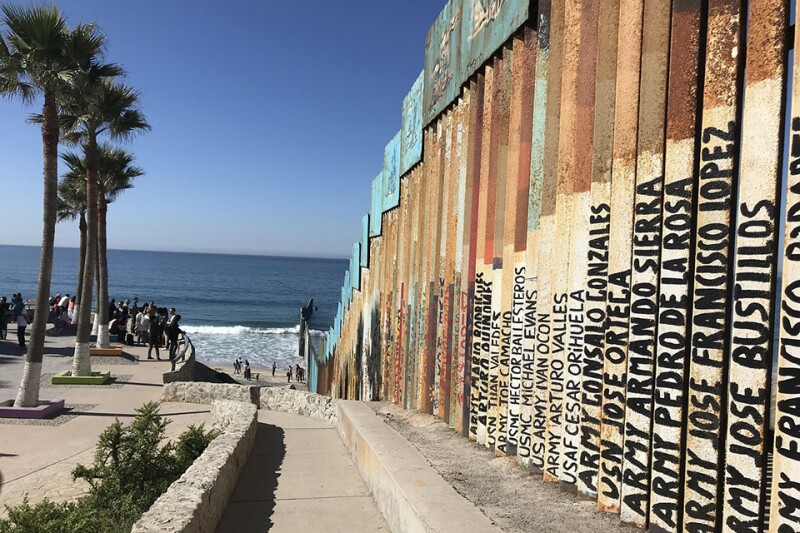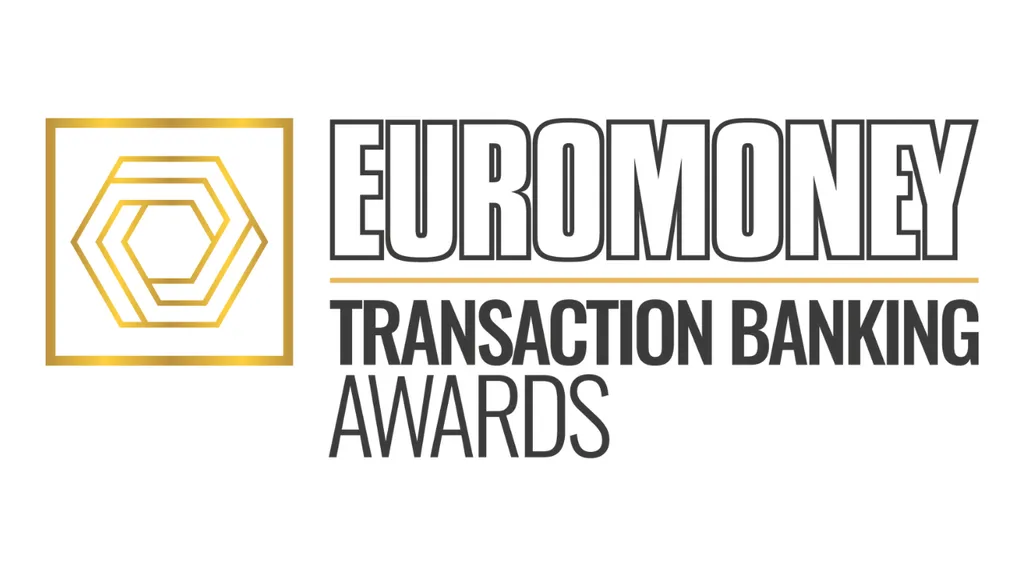Beyond building a successful organisation, Maakan fosters a distinctive culture that unites his team around a shared purpose, aiming to create impact both within the industry and beyond.
Built on decades of expertise
“Our success is built on decades of expertise,” says Maakan, recounting the company’s early days. Today, Intellect has a footprint in over 100 countries and processes more than $100 billion in corporate cash transactions monthly through its digital platforms. Its offering span from payments, liquidity management, cash management to trade finance and supply chain finance. “We have the right experience to build global systems and the domain knowledge to back it up,” highlights Maakan. He explains that the genesis of the wholesale banking division was deeply rooted in the industry, with the team continuously innovating in tandem with its domain expertise. “We were always able to invest forward to what the future technology could be.”
Intellect underwent a significant transformation, evolving from a service-oriented architecture to a cloud-native, microservices-driven framework. “Our architecture keeps the customer at the centre,” Maakan explains. This shift laid the foundation for its eMACH.ai platform, a cloud-native open finance solution featuring 386 pre-built microservices and access to over 2,015 APIs.
First, remove the inefficiencies. Only then can you digitise effectively. Eliminate architectural waste and focus on data design.
Manish Maakan, Intellect Design Arena
“Embedding AI into everything we do is no longer optional but essential.” Intellect’s approach leverages AI to eliminate architectural waste, orchestrate business services and enable scalable, cloud-agnostic solutions. “It’s not about rip and replace,” he explains. “It’s about coexisting and drawing a progressive modernisation strategy.”
Eliminating architectural and data design waste is a core focus. “First, remove the inefficiencies. Only then can you digitise effectively,” Maakan advises. “Digitising garbage only results in digital garbage.” For banks aspiring to remain leaders in wholesale banking, Maakan’s advice is clear: “Eliminate architectural waste and focus on data design.”
Maakan also discussed about the importance of hyper-personalisation. “A payment factory must be scalable,” he says, “but the edges need to be hyper-personalised for industry-specific needs.” By understanding the unique requirements of treasurers across sectors, banks can deliver tailored solutions. “The future lies in model bank user journeys and industry-specific capabilities,” he asserts.
Inspired by Iron Man
Maakan looks at reimagining software engineering as a wave of disruption of the industry. “We’re inspired by Iron Man,” he says, likening Intellect’s AI-driven core engineering (eMACH.ai) to the iconic superhero’s arc reactor. “This is where the industry will see a significant level of disruption. Everyone will look at bringing expert agents within their infrastructure,” he explains. By embedding AI deeply into its engineering processes, Intellect has transformed its software lifecycle. “Expert agents help us lower costs, accelerate time to market, and improve engineering precision,” he explains.
Maakan emphasises that while generative AI excels at automating repeatable tasks like forecasting and reconciliation, its true potential lies in addressing the enterprises’ biggest challenge: the 70% of data that remains unstructured, from emails, voice notes, documents, to images and videos – often siloed and underutilised.
You’ve got to inspire your teams to dream big and create a trusting environment where they can take risks.
Manish Maakan
This is the gap Intellect bridges with Purple Fabric, the world’s first open business impact AI platform. At its core is the enterprise knowledge garden (EKG), which transforms fragmented, structured and unstructured data into AI-ready, enterprise-grade knowledge. These insights are powered by enterprise digital experts (EDEs), AI agents designed for diagnostics, generation, review and assurance. Supporting them is the model optimisation hub (MOH), which intelligently matches the best-fit large language model to each task, optimising cost, speed, and precision. Critically, PF Govern ensures that all AI operations remain responsible, auditable and compliant, making trust and transparency core to scalability.
Fully open and licence-free, Purple Fabric combines power of structured and unstructured data, purpose-driven AI agents and enterprise-grade governance to help financial institutions reimagine customer engagement, product delivery, operations and compliance – delivered at scale, not in pilot mode. Maakan sees Purple Fabric not as just another AI tool, but as the operating system for driving business impact through AI.
Beyond AI, tokenisation and blockchain are other technologies which Maakan sees as critical for real-time settlement and supply chain transformation. “Tokenisation is the second wave of disruption,” he predicts. Sustainability and inclusivity are also central to Intellect’s wholesale banking roadmap. “Green deposits and sustainable lending are not just trends; they’re imperatives,” Maakan states. The company is investing in capabilities to address these challenges, including industry-specific solutions for SMEs. “SMEs are the lifeline of growth for all economies,” he observes. “Our focus is on enabling their success. By orchestrating user journeys for SMEs and providing lifecycle support, we’re enabling them to thrive. SMEs are pivotal for sustained economic growth,” he says.
Culture of inspired trust and challenge
Central to Intellect’s success is a culture that Maakan describes as a “framework of inspired trust and challenge.” The company’s tagline ‘Live your dream’ encapsulates this ethos. “You’ve got to inspire your teams to dream big and create a trusting environment where they can take risks,” he says.
Drawing from his previous experience, Maakan emphasises the importance of agility. “Sometimes you’ve got to run before you learn to walk,” he notes. This philosophy fosters an entrepreneurial spirit within Intellect, where team members are encouraged to innovate and challenge conventional thinking.
“There’s nothing that replaces walking the talk,” Maakan adds. He frequently collaborates with his engineering teams, exemplifying a hands-on leadership style. “Being human and approachable as a leader brings out the best in people,” he says.
Driving impact beyond wholesale banking
Intellect’s Oxford School of Transaction Banking has been running for more than a decade. “This is a way for us to give back to the industry that has given us so much. It’s about reimagining capabilities, designing what the future could look like, learning from each other, what has worked and what has not worked, creating that network environment where we can share open knowledge,” Maakan explains.

Intellect’s vision extends beyond wholesale banking. Through initiatives like the Ullas Trust and Mission Samriddhi, the company is making significant contributions to education and broader society. “The Ullas Trust has touched the lives of over 1.2 million students,” Maakan shares. By supporting high school students from underserved communities, the programme helps them realise their dreams.
Mission Samriddhi, meanwhile, applies design thinking to agriculture. “It’s about producing more with less,” Maakan explains. From rainwater harvesting to disintermediating supply chains, the initiative empowers farmers to maximise their yields and income.
These efforts are guided by first principle thinking: “maximisation and optimisation from Wall Street, and First Principle Thinking from Stanford – we’ve adopted both,” he explains.
“We’re living our dream and helping others live theirs,” Maakan reflects. In doing so, Intellect provides success in business and impact on society, both go hand in hand.




